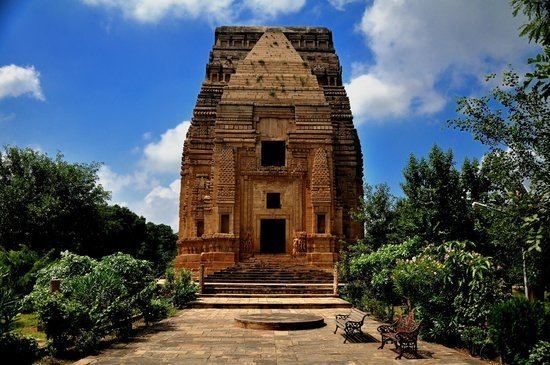 | ||
Similar Gujari Mahal, Jai Vilas Mahal, Gwalior Fort, Usha Kiran Palace, Chaturbhuj Temple | ||
Teli ka mandir exploring heritage at gwalior episode 8
Teli ka Mandir is a Hindu temple located within the Gwalior Fort in Madhya Pradesh, India. Dedicated to the god Vishnu, it has been dated to between the 8th and 11th centuries AD. It is both the loftiest and oldest surviving structure within the fort.
Contents
- Teli ka mandir exploring heritage at gwalior episode 8
- Teli ka mandir gwalior fort madhya pradesh
- Etymology
- History
- Architecture
- References
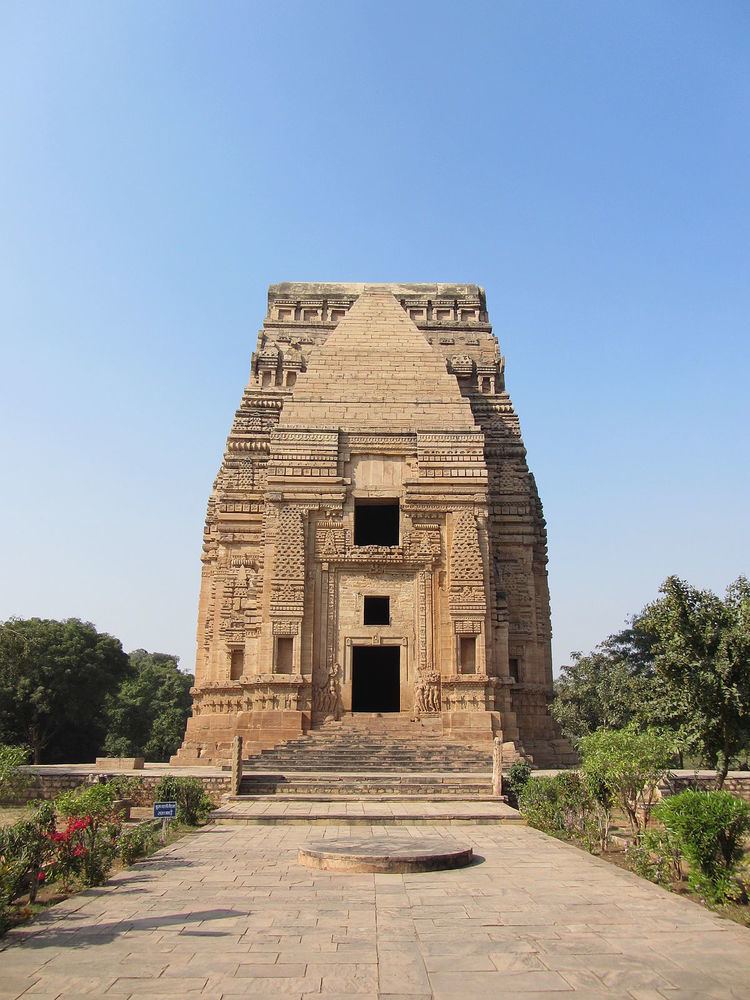
Teli ka mandir gwalior fort madhya pradesh
Etymology
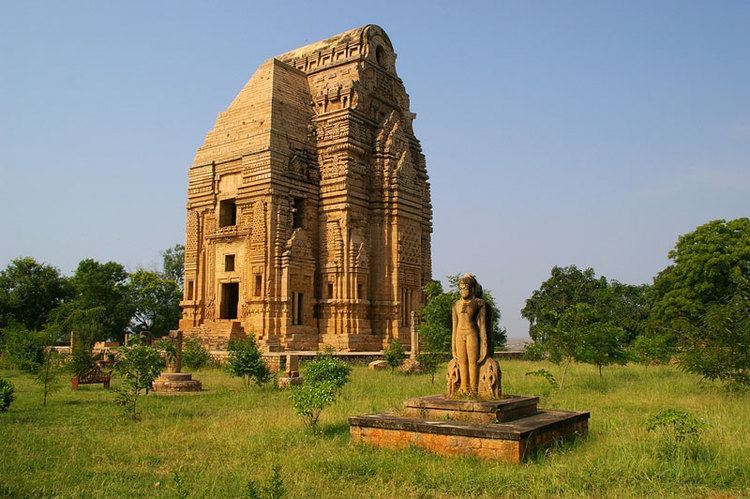
Probably meaning the Oilman's Temple, the etymology of the temple's name has several contending theories. One theory holds that the temple was built by members of the Teli community of oil merchants during the reign of the Pratihara king Mihirabhoja during the 8th or 9th century AD. It is also thought to have derived its name from the Telang Brahmins who were charged with presiding over all religious ceremonies after the fort was captured by a Rashtrakuta king in the 8th century. Another theory holds that it has been named after the Telangana region of southern India owing to its evident Dravidian influence.
History
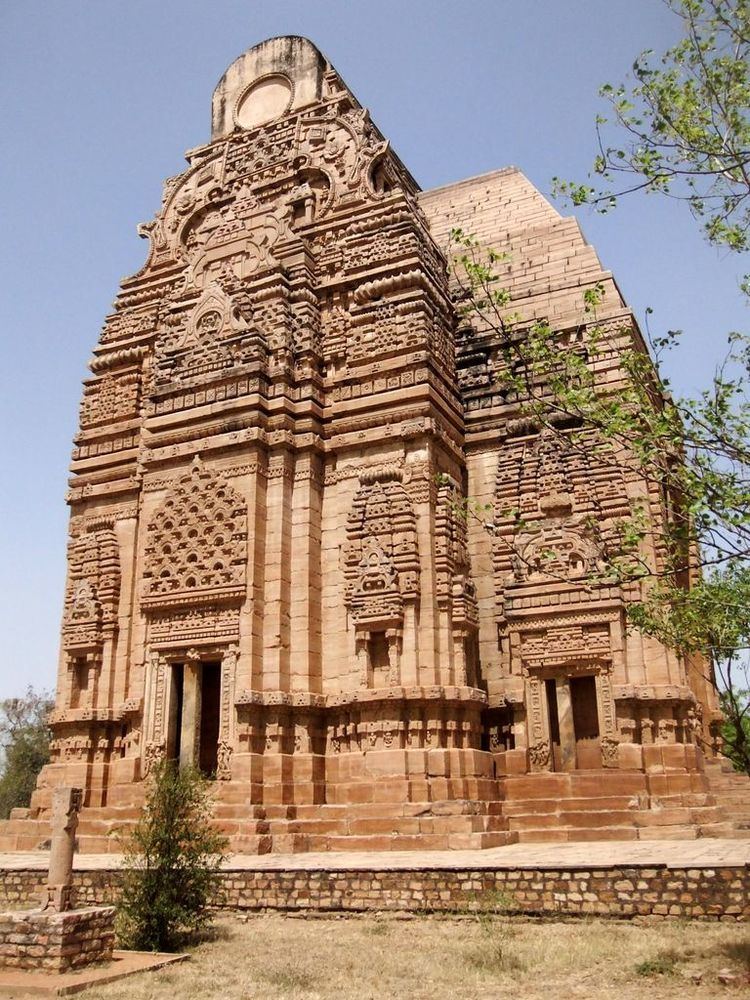
Teli ka Mandir is thought to have been built circa 850 AD during the reign of the Pratihara king Mihira Bhoja. Following the Revolt of 1857, the British used the temple as a soda factory. Between 1881 and 1883, repairs to the temple were initiated by Major Keith, an officer of the Royal Scots Regiment stationed in Gwalior.
Architecture
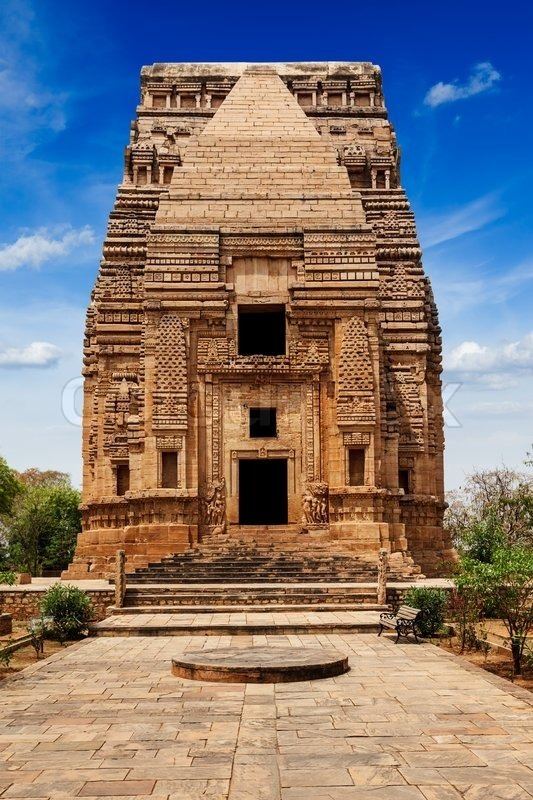
Teli ka Mandir combines the Nagara and Dravida styles of architecture and shows influences of Buddhist architecture. The temple has a rectangular plan and is mounted by a barrel vault with the walls containing empty niches surmounted by tall pediments. The oblong, vaulted roof derives from the influence of Buddhist chaitya architecture and bears resemblance to the Vaital Deul in Bhubaneshwar.
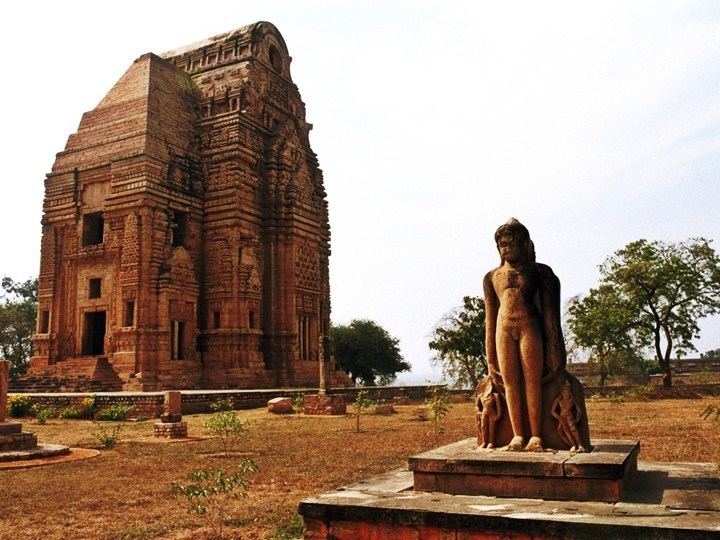
The temple is approached through a flight of stairs leading to a banded doorway containing sculptures of river goddesses and attendants in its lower part. There are Shaiva and Shakta dvarapalas along the outer and inner doorways and the latter's presence is thought to indicate the temple's dedication to the goddess Shakti. The doorway leads to the sanctum sanctorum or garbha griha. The mandapa is absent in the Teli ka Mandir. There is a decorative sculpture of Garuda at the entrance to the temple. The temple, 35 metres in height, is the loftiest building in the Gwalior Fort.
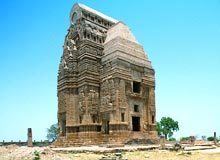
The temple has been dedicated to the Pratihara Vishnu. James Fergusson has opined that the Teli ka Mandir while originally a Vishnu temple was later converted into a Shiva temple. The temple's Valabhi shikhara mirrors the gopuram of Dravidian temples and it stands on a Nagara base. The temple's outer walls have been extensively carved and contain several excellent sculptures of Hindu gods and goddesses.
